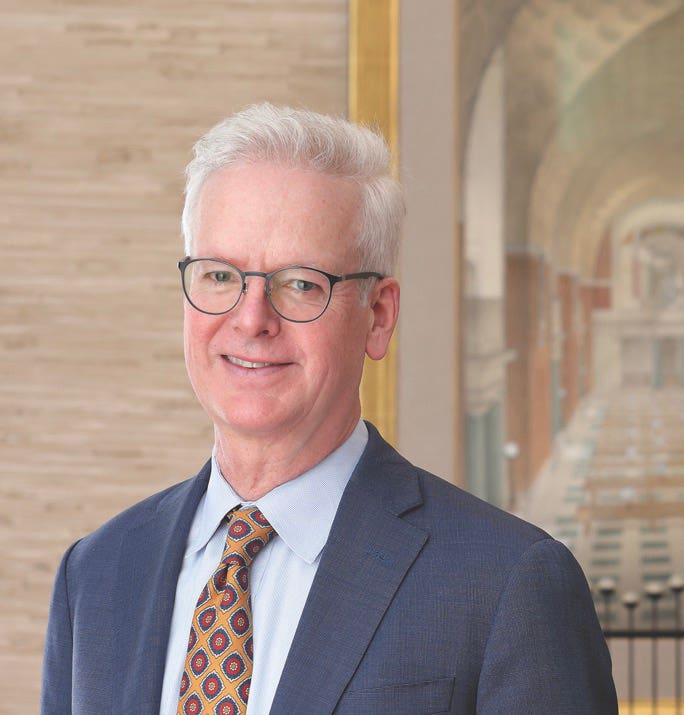
Features
The 25 – Peter Pennoyer
“Architects are fortunate to have the chance to build visions based on a dialogue with the past,” says Peter Pennoyer.
Pennoyer, whose eponymous firm is a member of Architectural Digest’s AD 100, is in a unique position to know: Since 1990, when he started his practice, he has designed some of the most iconic modern classical residential architecture and has worked on a variety of other traditional-style commissions, notably museum exhibitions, theaters, high rises, and historic preservation projects, around the world.
Perhaps his most well-known public project is the monumental clock in the new Moynihan Train Hall in the renovated McKim, Mead & White James A. Farley Post Office Building in New York City.
A Fellow of the American Institute of Architects, Pennoyer is the co-author of five books on early-20th-century American architects and of “A House in the Country,” co-written with his wife, interior designer Katie Ridder.
His latest book, “Peter Pennoyer Architects: City/Country,” co-written with Anne Walker, will be published in October.
“My partners and I believe that the hard work required to strive for beauty in architecture has made a few of our projectsinspirations for our profession and our community,” he says. “Advocating for the relevance of history has helped us broadcast that great designs come from a connection with the past and optimism about the future.”
Noting that there has been an increasing interest in authenticity in design, Pennoyer says that “this means that more clients care about the quality of ideas, precedents, and execution. This trend promises a return to concern for context and meaning in architecture.”








